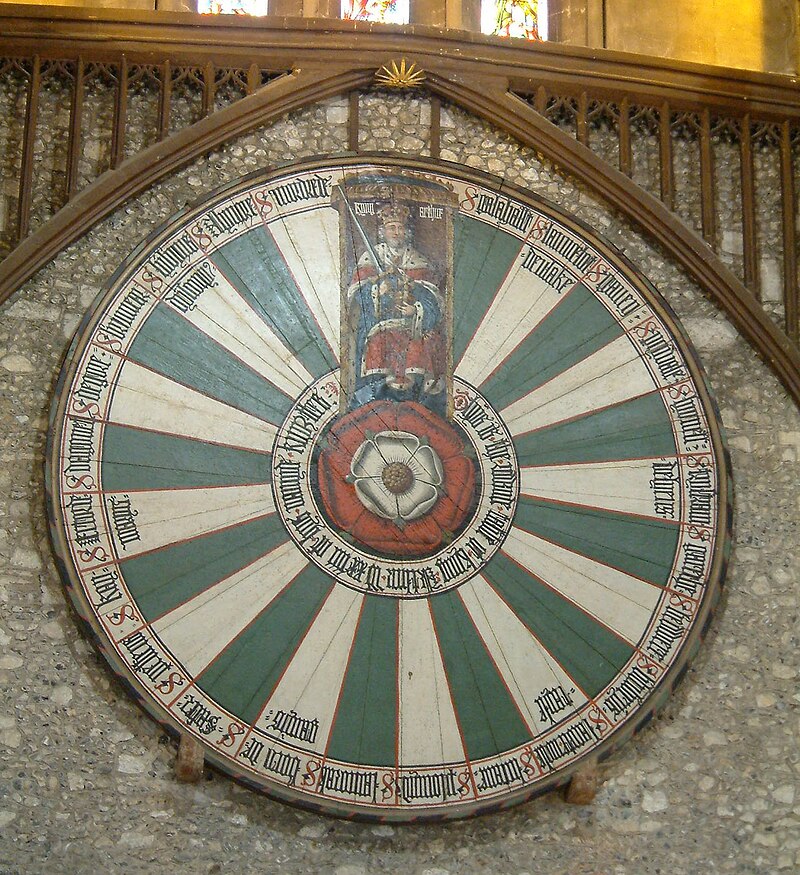On April 20, 1290, a grand event inspired by King Arthur’s court was held, a Round Table Tournament organized by King Edward I to celebrate his daughter’s engagement. The Winchester Round Table exists today at Winchester Cathedral because it became possible through the tournament.
Based on the legend of King Arthur, round tables were medieval gatherings that combined politics and fun. Monarchs used these tables to mark essential milestones while adopting Arthur and his noble knights’ heroic qualities. Throughout Edward I’s reign, he raised his power and enhanced his standing by referencing the Arthurian legend. By presenting himself as a powerful and fair ruler who led a unified Britain through his connection to Arthur’s court, Edward I’s reign was a continuation of Britain’s illustrious past, instilling a sense of tradition and continuity. The Arthurian symbolism made his rule appear honorable and historical while extending his authority over Wales and establishing political alliances through marriage.
To celebrate his daughter Eleanor of England’s engagement to Alphonso III of Aragon, King Edward I organized a lavish Round Table Tournament during a time when chivalry and legend effectively created a royal image. This tournament honored the publicized betrothal of Princess Eleanor to her fiancé, Prince Alphonso, who was the heir of Aragon. These alliances connected England with influential continental houses and were crucial instruments in medieval diplomacy. The union never materialized, as Alphonso tragically passed away in August 1291, only a few months later. However, for a short while, their union was characterized by all the romantic grandeur the era could produce.
The Round Table Tournament of 1290 played a significant role in reinforcing royal authority through myth. By tying King Arthur’s heritage of valor and unity to Edward I’s reign, the tournament enhanced the power and influence of the monarchy. Chivalric symbolism and ceremonial tradition helped build England’s national character and set the stage for using legend to create royal imagery.

